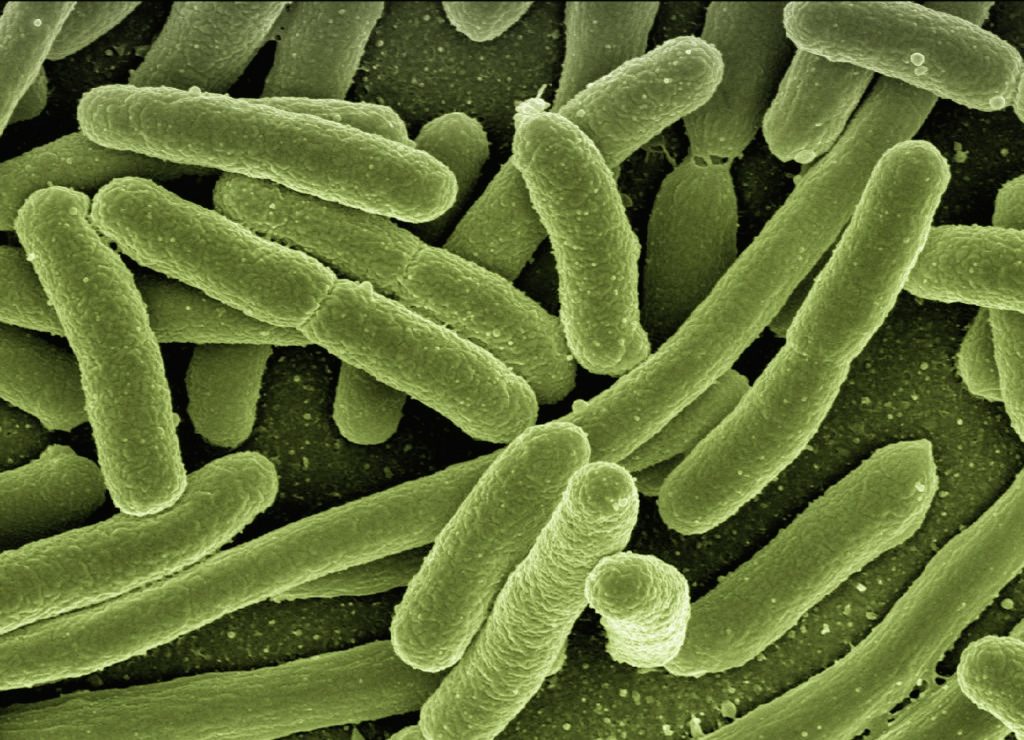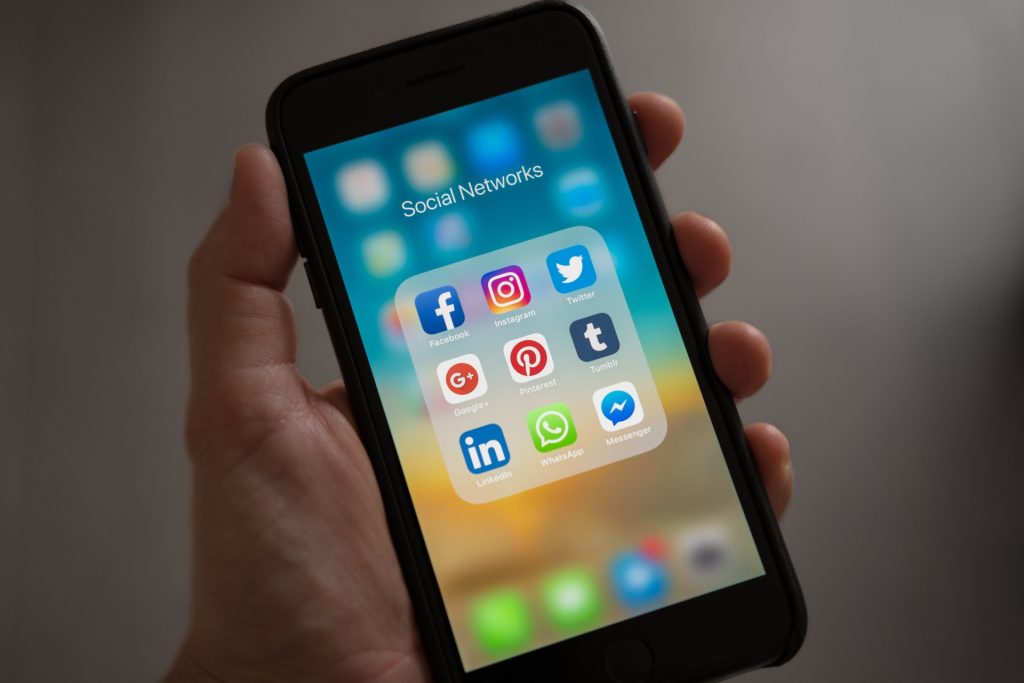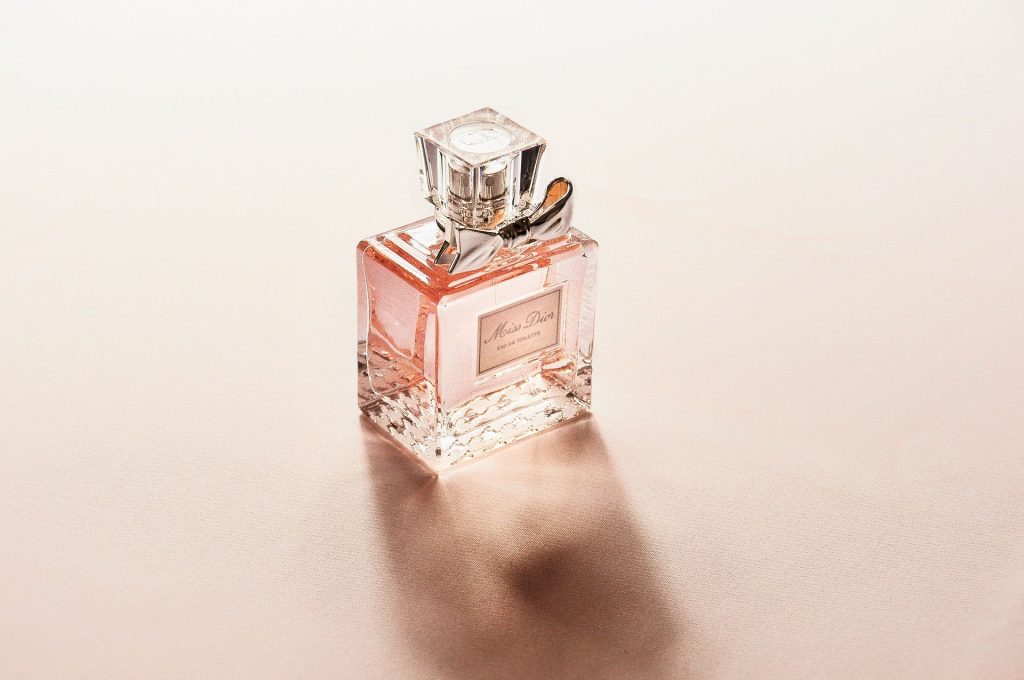Pink Drinks Make You Run Faster

A new study led by the shows that sweetened pink drinks — purely as a result of their colour — can help people run faster and further compared to clear sweetened drinks.
The study, led by Centre for Nutraceuticals in the University of Westminster, found that a pink drink can raise exercise performance by 4.4% and can also bolster a ‘feel good’ effect, possibly making exercise seem less difficult. The findings were published in the journal Frontiers in Nutrition.
This marks the first investigation to assess the effect of drink colour on exercise performance and could open up a new avenue of future research in the field of sports drinks and exercise. Interest in colour and exercise performance had already resulted in studies, such as wearing red-coloured glasses during exercise which were found to raise testosterone but not performance.
The study involved asking participants to run on a treadmill for 30 minutes at a self-selected pace, ensuring a consistent exertion. Throughout the exercise they rinsed their mouths with either a pink artificially sweetened low-calorie drink or a clear drink which was also artificially sweetened and low-calorie.
The drinks were identical in every respect aside from the addition of pink colouration to the one. Pink was selected as it is associated with perceived sweetness, therefore increasing expectations of sugar and carbohydrate intake.
In prior research, it was found that rinsing the mouth with carbohydrates can improve exercise performance by reducing the perceived exercise intensity, so the researchers wanted to see whether rinsing with a pink drink with no carbohydrate stimulus could create a similar result through the placebo effect.
The results show that the participants ran an average 212 metres further with the pink drink while their mean speed during the exercise test also increased by 4.4 %. Feelings of pleasure were also improved, meaning participants found running more enjoyable.
Additional investigations will be needed to understand whether the proposed placebo effect causes a similar activation to the reward areas of the brain that are commonly reported when rinsing the mouth with carbohydrates.
“The influence of colour on athletic performance has received interest previously, from its effect on a sportsperson’s kit to its impact on testosterone and muscular power,” said corresponding author Dr Sanjoy Deb, University of Westminster. “Similarly, the role of colour in gastronomy has received widespread interest, with research published on how visual cues or colour can affect subsequent flavour perception when eating and drinking.
“The findings from our study combine the art of gastronomy with performance nutrition, as adding a pink colourant to an artificially sweetened solution not only enhanced the perception of sweetness, but also enhanced feelings of pleasure, self-selected running speed and distance covered during a run.”
Source: News-Medical.Net
Journal information: Brown, D. R., et al. (2021) Mouth Rinsing With a Pink Non-caloric, Artificially-Sweetened Solution Improves Self-Paced Running Performance and Feelings of Pleasure in Habitually Active Individuals. Frontiers in Nutrition. doi.org/10.3389/fnut.2021.678105.






